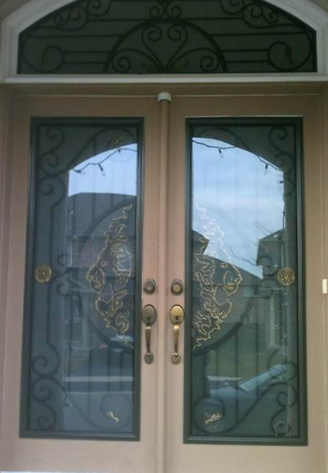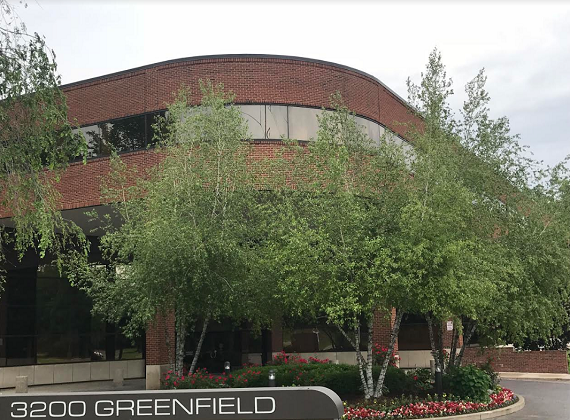If you haven’t replaced your entry doors for a while now, perhaps you are considering doing something for those essential units in your home. Homeowners choose to replace their entry doors for various reasons. They could be unappealing, energy inefficient, old or drafty. Regardless of the reason which is compelling you to replace your front doors, you will need to choose the right materials for your doors.
Luckily there are various door materials you can choose from. According to Total Home Windows and Doors, there are three primary entry doors materials. They include fibreglass, wood and steel. Besides, you can also opt for composite doors materials.
1. Solid Wood Doors
This is a very standard and popular door material. It may take the design of panelled, flush, and with a glass or without glass. Materials for making solid doors include; pine, oak, mahogany, fir, walnut, maple and cherry. A standard entry door is 6 feet and 8 inches height and a width of 3 feet. Cases of larger houses contain entry doors of 7-8 feet high. The normal thickness is 13\4 inches though at times it’s 21\4 inches think. When buying a door to replace the old one, ensure you double-check how thick it is.
These entry doors are purely solid, with no surface veneer. Different door structures have one or more rails crossing through their central section. Panel framing is done within the stiles and rails. Flush doors can also be made with stiles and rails, but they differ due to veneer covering their surface. Most manufacturers make good quality solid wood doors. Besides, you can order custom wood exterior doors depending on the kind of wood you need as well as designs that you want to be included.
2. Aluminium Doors
These door types consist of wood frame and insulation filling in the voids. They are different from others because they are locally manufactured and also sold locally on a custom basis so that they exactly fit any door opening you might be having.
Some doors may have a flush or panelled exterior. These are typically baked –or finish with different colours. The doors have 20 years warranties mostly because they don’t rust. However, the doors dent easily and are not as appealing as its counterparts.
3. Steel Doors
It is a prevalent choice for security reasons, though it is not any stronger compared to solid wood or fibreglass exterior doors. Steel doors have a sheathing of 24 gauge steel that is flush or panelled and in different colours. Some contain embossed wood grain finishing with matching baking –on colour. Others have a vinyl coating to ensure improved weather resistance. Painted steel entry doors must be repainted periodically.
These doors contain stile frame and wood rail and cavities are filled with insulation foam. Their weather stripping is structured in a way that it fits the door. They dent easily, but just like dents and gouges in your car, the repair is possible. However, they don’t need a lot of maintenance like wood.
4. Sliding Doors
They are mostly installed in the side of a house as an opening to backyards, decks or patios. Large windows usually give a psychological link between the interior of the house and outside.
The most popular quality and material of sliding doors is the solid wood material. They have vinyl or aluminium clad which offers lasting external weather protection.
5. Fiberglass Doors
They are the best choice for humid regions of the country. This is because they are resistant to bowing and warping. The exterior sheathing of fibreglass usually resists impact damage and is free from maintenance as compared to several other door types. These exterior doors are made with hardwood rails and stiles which give support to the locksets and handles. The voids within the framework are filled up with insulation.
The various varieties include both panelled and flush. The doors have faux wood grain finishing which can be stained to look like oak.









